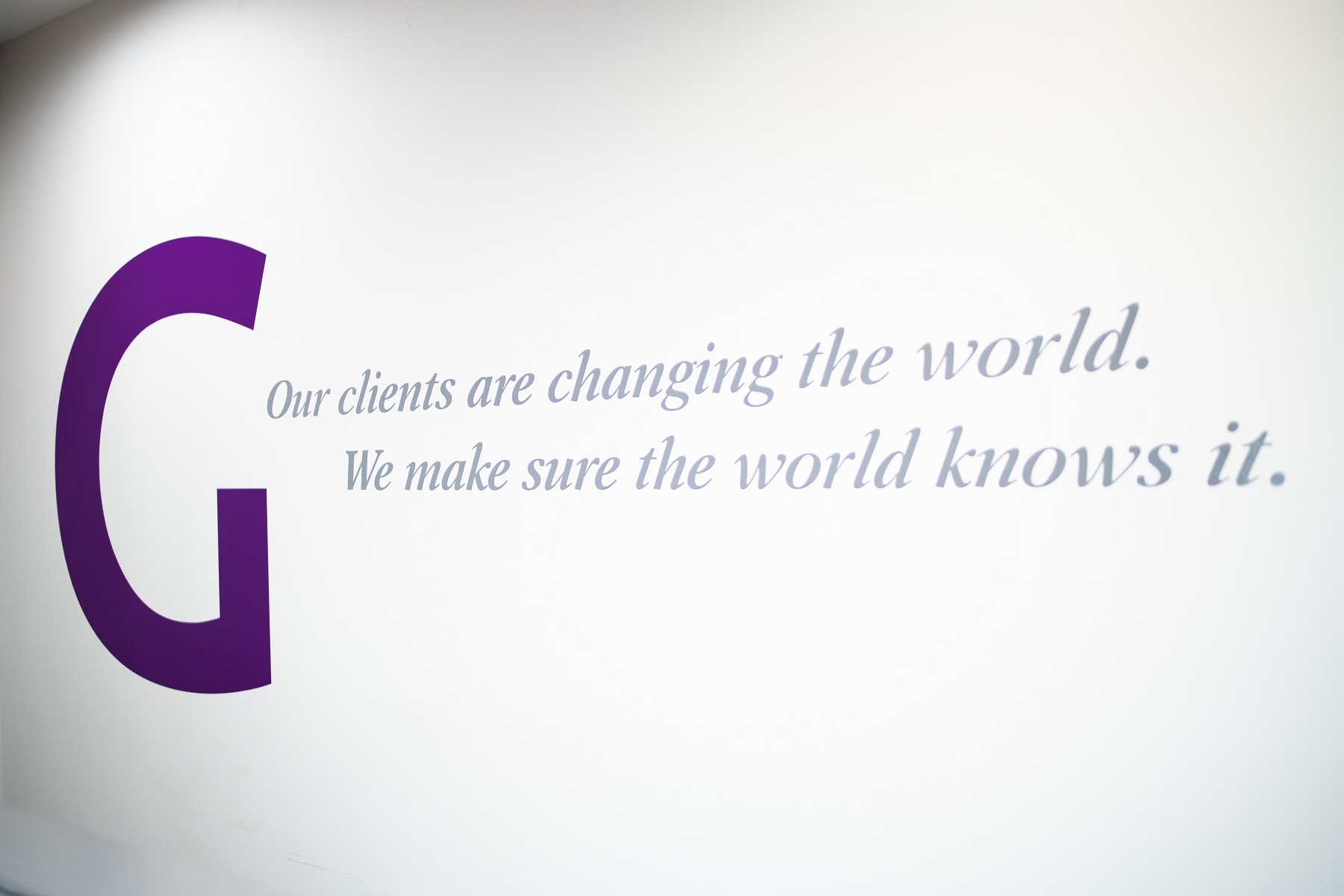Running a fast-growing PR firm that services clients across the technology, financial services, health care and real estate industries has enabled me to see up close how businesses of different size, scope and target audience approach their marketing efforts. Branding, positioning and message development remain fundamental building blocks for most go-to-market strategies for businesses old and new. However, within the financial services arena where I spend much of my time, I see a repeated failure from firms in their approach to branding.
Let’s start with this premise: Financial services, more so than any other industry, is built on the trust and credibility imperative. This is why breaches of trust and news that undermines the perceived credibility of an organization may be the biggest threats to financial brands. Yet when financial firms decide it’s time to go through the branding process, they start from the opposite perspective. As in, “What do I want people to think and feel about my company and brand?” Rather, they should be asking the questions: “What do people think and feel about me?” and “What do they think and feel about other people who work at my company?”
Brand-building process
The brand-building process really starts with the customer experience and level of trust that customers develop with the people who are servicing them. It’s the fundamental reason why digital providers and robo-advice will always be at the middle ground of the industry. There is little chance that a trustworthy, highly competent professional will be superseded by a machine or digital service in terms of customer affinity. But customers will always prefer a low-cost, non-emotional technology solution over a professional who proves to be mediocre or of questionable ethics.
Case in point: my experience choosing Uber versus my local taxi company. I often take a car to the airport for business travel, and while I’d prefer to take a black car or limo service, my cost consciousness leads me to use alternatives. For years, I’d dial up the gruff taxi dispatcher to schedule a ride to the airport. The taxi would show up, smelly and sometimes in disrepair, and honk outside my home – no matter the time of day.
With Uber now on the scene, advanced technology eliminates my need to deal with the unfriendly dispatcher and I know most drivers have good reason to keep their cars clean. I can track their impending arrival on an app instead of getting a rude honk. While Uber isn’t terribly personal, it operates at the consumer middle ground I highlighted above. Technology wins over a less-than-desirable human option.
Engaging trust
Against this backdrop, financial services firms should be evaluating how they can project themselves as a preferred option and engage trust. This is the fundamental objective of developing a financial services brand, not choosing color schemes or designing logos. Financial services businesses need to create a platform for their people to be their brands. The client experience and customer satisfaction must be thought of as part of marketing.
Marketers should evaluate how consistently they are minding this need to elevate the trust-builders (i.e., thought leaders, influencers, brand ambassadors) within their business. Do you have a proactive strategy to share thinking and react to timely issues impacting clients? Do you have a program that turns customer service inquiries (“Am I still on track for my goals? Is my portfolio positioned to weather this volatility? Is my insurance sufficient to protect my family?”) into opportunities for responsive marketing?
As 2019 dawns and many businesses revisit their brand strategies, it’s time to ditch the brand fallacy: Brands aren’t what you project, but a reflection of how your customers, business partners and employees experience the company. Building brands in financial services is more about building up your people than ever before. Humanizing your brand, creating a connection and dialogue, and investing in responsive thought leadership are what marketers should emphasize above all else.
